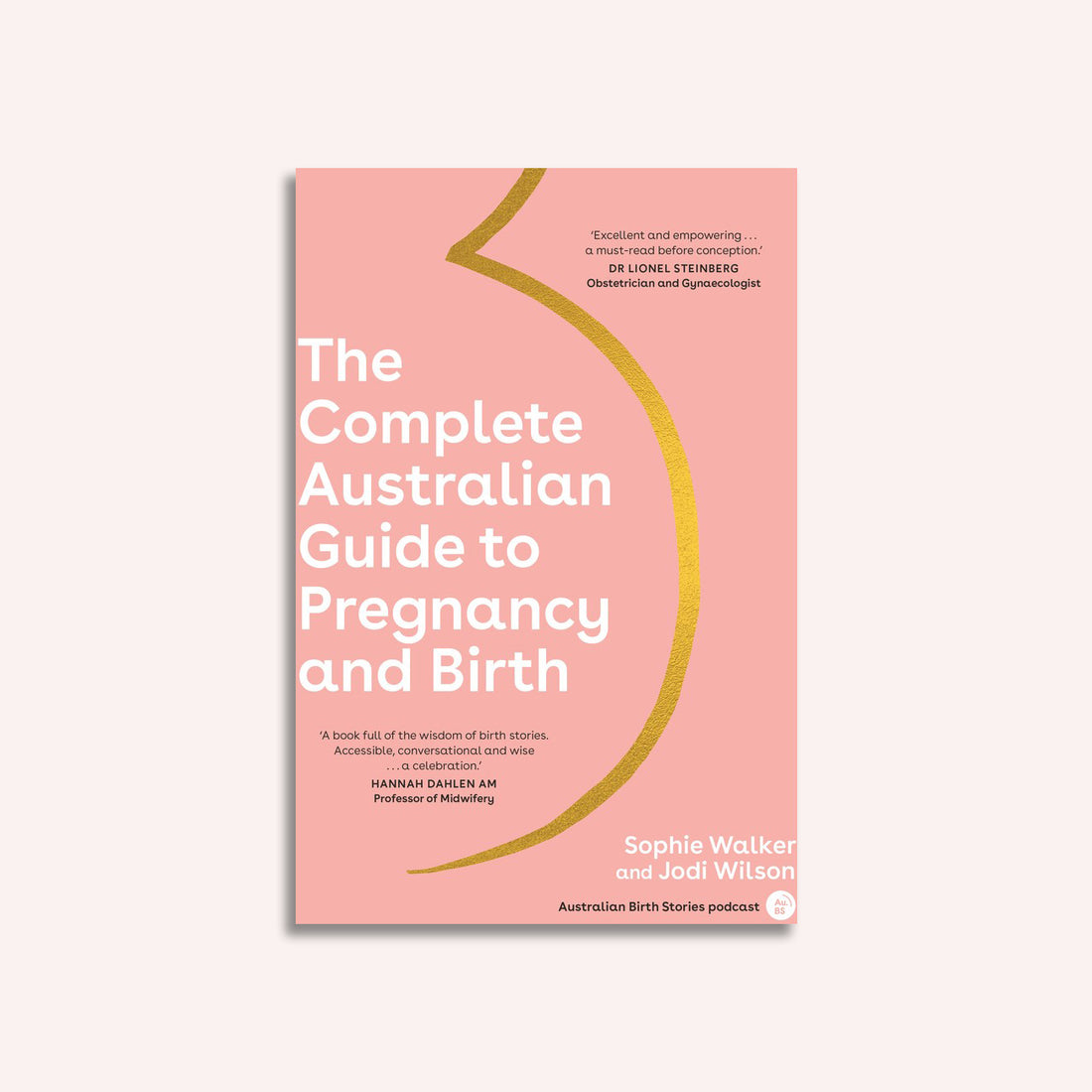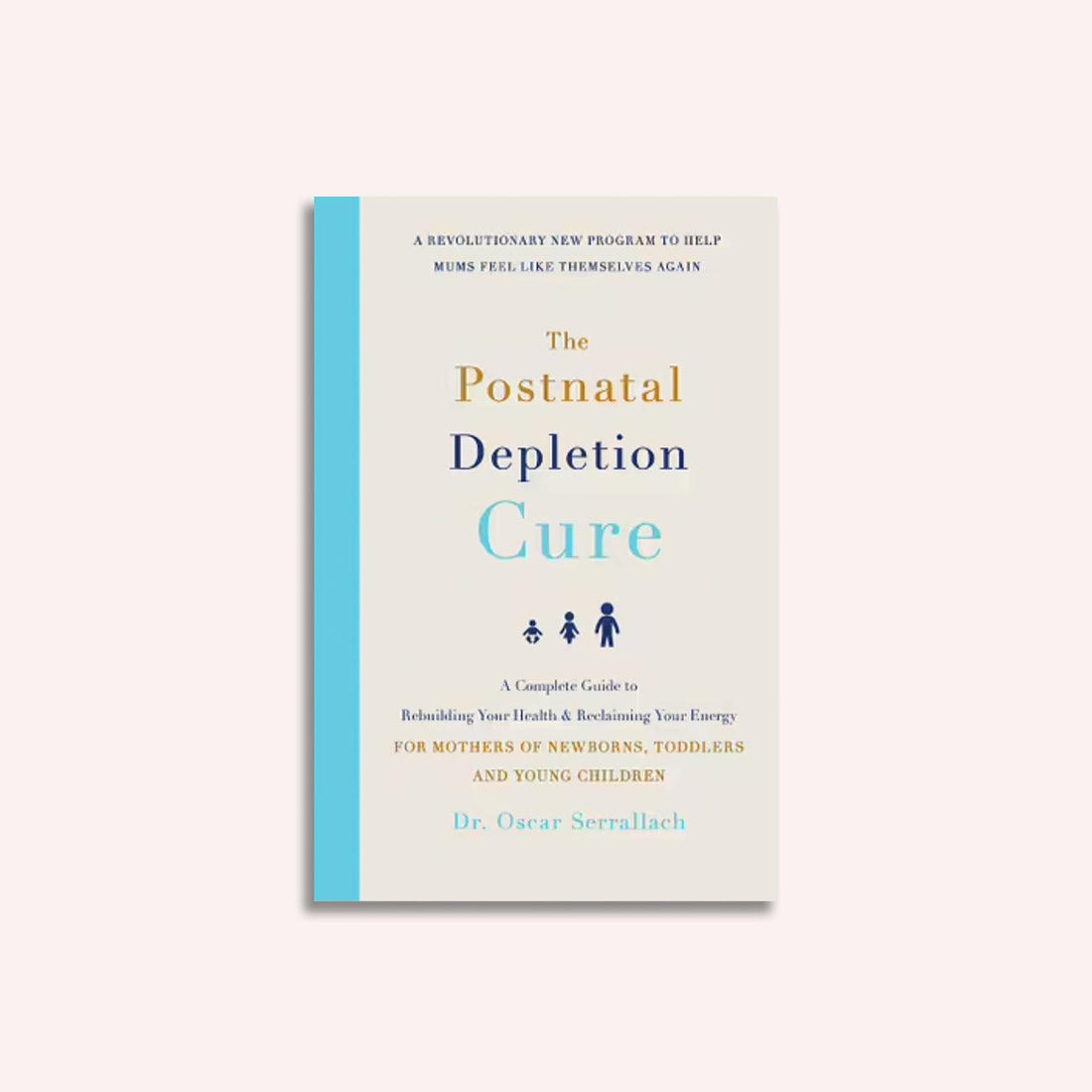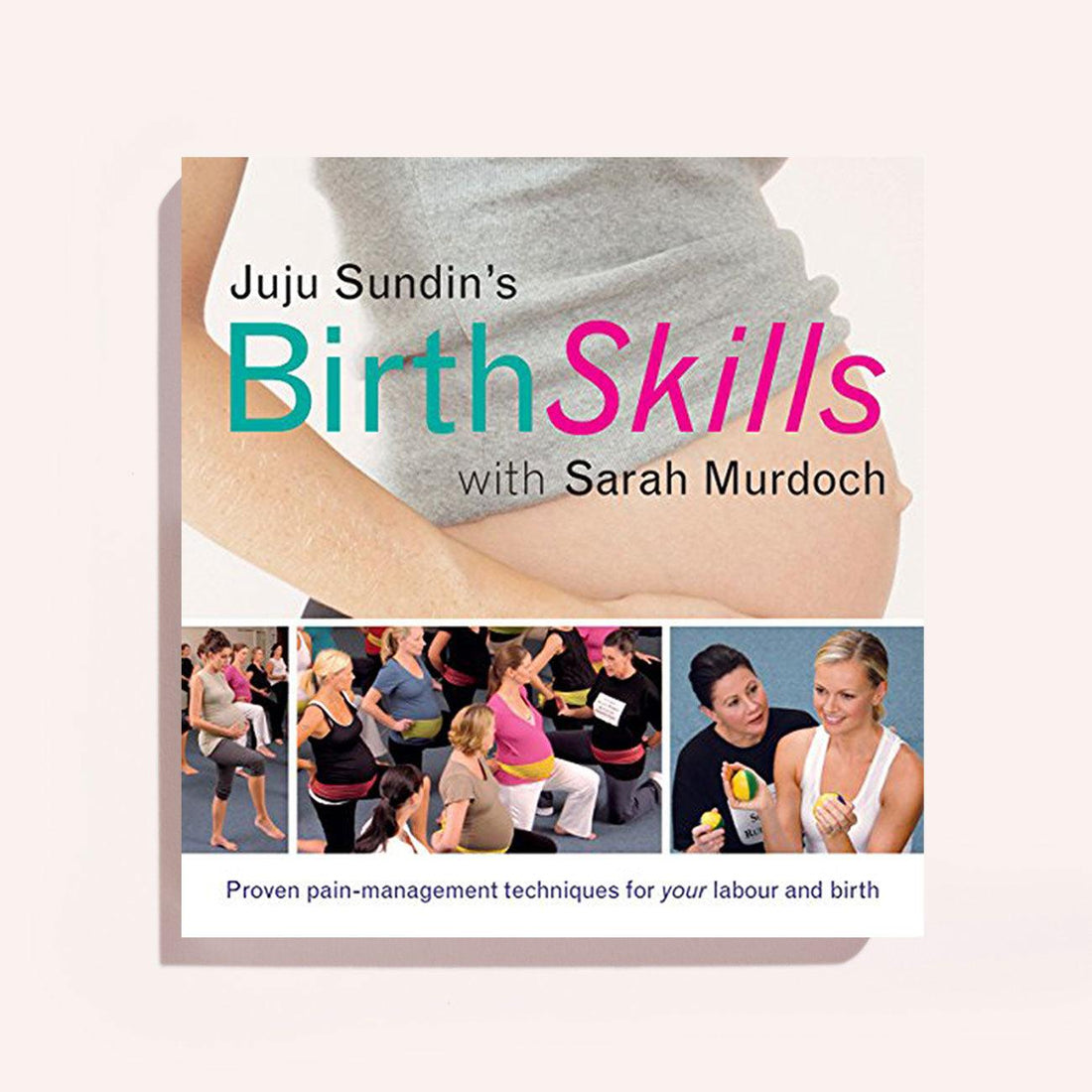Pregnancy comes with excitement, joy … and a lot of appointments.
Pregnancy comes with excitement, joy … and a lot of medical appointments. Unless you’ve been intimately involved in someone else’s pregnancy (and even then), it’s unlikely you have the complete and thorough knowledge of antenatal care that the world seems to think you do. At least, it can feel that way. It’s common for mums-to-be to walk out of the doctor’s with a fist full of blood test and ultrasound referrals, and no idea what they’re for. It’s OK, you’ve just been told you’re having a baby, your headspace is a little preoccupied right now.
Know that throughout your pregnancy, it’s OK to ask questions. And if you forget the answer, call and ask them again. Every pregnancy is different, and your schedule of appointments and tests will depend on what’s usual in your area or recommended by your medical professional. But as an overview, these are the antenatal (pre-birth) tests you’re likely to be offered during your pregnancy. These tests monitor your health and your baby’s development. The results help you and your doctor or midwife plan your care.
Mum first
Some antenatal testing, especially in the first trimester, is to check the health of the mum. Early in your pregnancy (usually six to eight weeks), at your first antenatal appointment, a blood test is recommended to check your overall health. The blood will be tested for infections (including HIV and hepatitis B) and other health concerns like anemia (low iron is common in pregnant women).
This blood test will also be used to determine your blood type and Rh type. If you’re Rh-negative, and your baby is Rh-positive, it could be a serious health risk to your baby. You can’t find out the baby’s blood type until it’s born, so Rh-negative mothers are offered an Anti-D injection at their around 28- and 36-week antenatal appointments. Rh-negative mums will be given further Anti-D injections if bleeding occurs, and if the baby is found to be Rh-positive at birth.
Ultrasounds (the fun ones)
Fun because you get to see your little one with your own eyes, watch them move and hear their heartbeat. They get less fun if you have to have them later in your pregnancy and the technician has to push things around to get a better view. But if your pregnancy is complication free, you’ll likely have just two ultrasounds. The first, at 12-weeks, determines your due date and whether there is more than one fetus (twins?!). The second, at 20-weeks, checks the baby’s growth, the position of the placenta and heart or body defects like spina bifida. This is also when the technician can identify the sex of your baby.
Pee here
You’ll be offered a urine test with your first antenatal blood test, and throughout your pregnancy. These check for infections that could link to early labour or low birth weight, and also screen for maternal health concerns. For example, the ratio of protein to creatinine found in a urine sample can be used to diagnose preeclampsia.
Drink this
At 24-28 weeks you can be tested for gestational diabetes — yes, there’s a special kind of diabetes that only applies when you’re pregnant. The glucose tolerance test (GTT) involves fasting overnight, an early morning blood test taken, drinking 75 gm of glucose in a sweet drink (opt for it to be served cold), waiting an hour, a second blood test, waiting another hour, and a third blood test. If gestational diabetes is confirmed, your pregnancy will be categorised as high-risk and will need special management.
Time for a swab
When it’s almost go-time (36-38 weeks) you’ll be offered a Group B streptococcal screening test. Group B streptococcal is a bacteria that can live in the vagina or anus. It’s harmless to you, but could make your baby very sick if it is passed on during birth. The test involves swabbing the vagina and anus. If GBS is present, you’ll be given antibiotics during labour to lower the risk of infection to your baby.
Genetic tests
Human DNA is organised into 46 chromosomes. Babies can be born with extra, missing or altered chromosomes which can affect their health and learning. Chromosome abnormalities include Down Syndrome and Edwards Syndrome. For every baby, there is a small chance of being born with a chromosome abnormality. During pregnancy, screening tests are offered to determine whether there is an increased risk that your baby could be affected by a genetic disorder. There are three main options for genetic testing. The first is the “noninvasive prenatal testing (NIPT)”, a blood test taken from 10 weeks. You can also find out the baby’s gender in this test. Next there’s the “combined first trimester screening”, which involves a blood test at around 10-13 weeks, with the 12-week ultrasound. Thirdly, there is the “second trimester serum screening”, a blood test that can be taken between 14-20 weeks.
If the results from any of these screening tests indicate an increased risk, you may be offered a diagnostic test, to determine for certain whether a genetic disorder is present. These tests are invasive, so come with a small risk of miscarriage.
For more information, speak to your doctor or midwife, visit Raising Children and RANZCOG.












